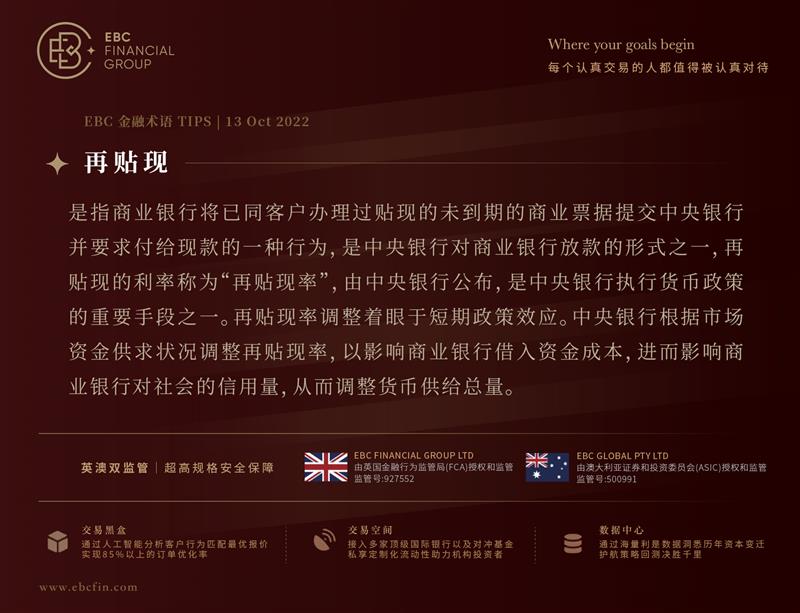The higher than expected PPI data released by the United States on Wednesday has raised concerns in the market that the Federal Reserve will continue to actively raise interest rates in order to further suppress inflation. Therefore, the September CPI data for the United States, which will be released on Thursday, has left the market on the sidelines. Currently, the market expects the CPI to be 8.1, with a previous value of 8.3. Yesterday, in the foreign exchange market, the us dollar index closed down 0.01% at 113.27. The FOMC meeting minutes released by the Federal Reserve on Thursday showed a dovish tone, causing the US dollar to fluctuate at high levels. Both OPEC and the United States Department of Energy have lowered their forecasts for oil demand this year, and Crude Oil demand may deteriorate further.

Crude Oil Futures fell for the third consecutive day on Wednesday due to persistent concerns about demand, a strengthening US dollar, and expectations of further interest rate hikes from major central banks.
Both the Organization of the Petroleum Exporting Countries (OPEC) and the United States Department of Energy cut their demand forecasts. Last week, OPEC, along with its allies including Russia, agreed to reduce supply by 2 million barrels per day, thereby driving up prices.
On Wednesday, OPEC lowered its forecast for global oil demand growth in 2022, the fourth reduction since April, and also reduced its forecast for next year, citing economic slowdown, the pandemic, and high inflation.
Due to high inflation, tightening monetary policies by major central banks, high levels of sovereign debt in many regions, and persistent supply issues, the world economy has entered a period of heightened uncertainty and rising challenges, "OPEC said in its report
The United States Department of Energy lowered its forecasts for US and global production and demand. The department now predicts that US crude oil consumption will only grow by 0.9% in 2023, lower than the previously predicted growth of 1.7%. On a global scale, the department expects consumption to grow by only 1.5%, lower than the previously predicted 2% growth.
The energy market is also facing pressure from the US dollar, with the US dollar rebounding against low yielding currencies such as the Japanese yen. The Federal Reserve's commitment to continue raising interest rates to prevent high inflation has boosted yields and made the US currency more attractive to foreign investors. The minutes of the September policy meeting released by the Federal Reserve on Wednesday show that Federal Reserve officials agree that they need to raise interest rates to a more restrictive level and then maintain there for a period of time to achieve their goal of reducing inflation.
According to data from the American Petroleum Institute (API), US crude oil and gasoline inventories increased last week, while distillate inventories decreased.
According to anonymous sources, crude oil inventories surged by about 7.1 million barrels in the week ending October 7th. Gasoline inventory increased by approximately 2 million barrels, while distillate inventory decreased by approximately 4.6 million barrels.
The US dollar rose to a new 24 year high against the Japanese yen on Wednesday, staying above the level that prompted Japanese officials to intervene last month, while the pound rebounded after a significant decline in the previous trading day as investors pondered the next stEPS of the Bank of England.
After the minutes of the last Federal Reserve meeting showed some dove like colors, the US dollar narrowed its gains. The meeting minutes stated that multiple participants pointed out that it is important to calibrate the pace of further tightening to mitigate the risks faced by the US economy. However, the Federal Reserve remains committed to raising interest rates to reduce inflation.
Juan, the trading director of Monex USAPerhaps there is some hope in the meeting minutes that officials are basically weighing the risks of excessive or excessive interest rate hikes, which is not currently the top concern. The top concern is still inflation
On the other hand, the pound rose after falling to a two-week low against the US dollar and euro late Tuesday, after the Financial Times reported that the Bank of England had privately signaled to banks to extend its bond purchase plan.
Data shows that the US producer price growth in September exceeded expectations, further boosting the US dollar against the Japanese yen. The Producer Price Index (PPI) of final demand rebounded by 0.4%, higher than the forecast increase of 0.2%. In the 12 months to September, the producer price index rose by 8.5% after rising by 8.7% in August.
Risk Reminder and Disclaimer: There are risks in the market, and investment needs to be cautious. This article does not constitute investment advice.


















